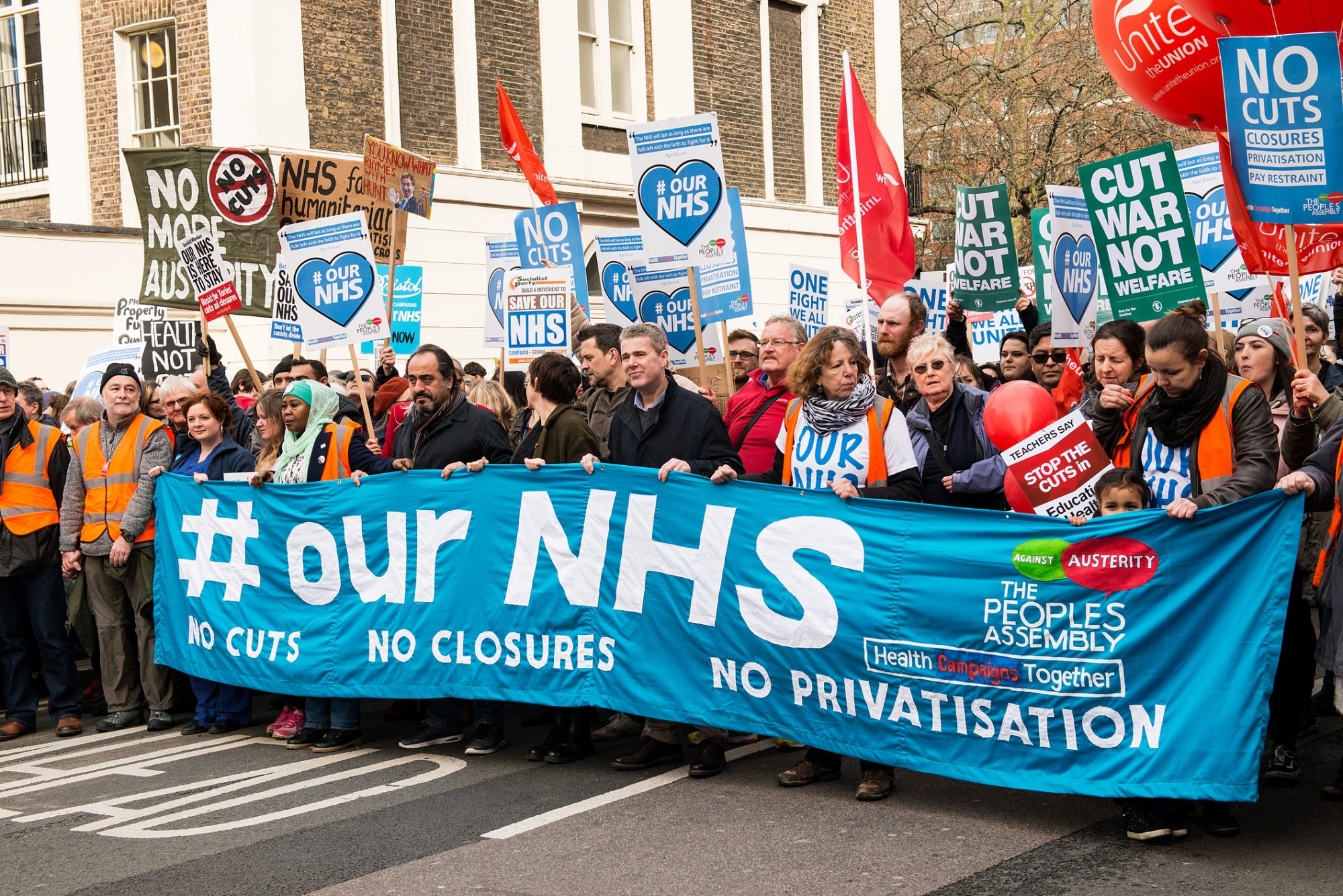Rising costs of living severely affect the NHS and the health sector, but can efficient capital funding mitigate soaring inflation?
As the healthcare sector continues to grapple with the ongoing economic crisis, one of the biggest issues that healthcare providers are facing is the increase in lease values for their portfolio of third-party facilities – particularly in primary care.
Rising costs of capital developments present a significant challenge to the NHS and the wider health sector, both in terms of the affordability of existing leases and for predicting future project values. High inflation and rising interest rates are leading developers to drive up costs, so the era of cheap capital borrowing that the UK has enjoyed (and from which the health sector has benefitted) has ended abruptly. Consequently, the NHS is struggling with cost increases which are unlikely to be matched by commensurate rises in funding allocations from the hard-pressed public purse.
Why is the NHS in this position?
Successive UK governments have curtailed capital investment into the NHS, which has in turn impacted the quality of patient care and left the services with crumbling facilities and outdated equipment in many parts of the country. According to a report by the Health Foundation published in 2019, NHS trusts in England have seen a 21% reduction in their capital funding over the past eight years. This can be explained mainly by transfers of money for long-term capital funding investments to cover the growing day-to-day cost of running the NHS.
NHS trusts in England have seen a 21% reduction in their capital funding over the past eight years
The analysis also revealed that as a proportion of GDP, over the past decade, the UK’s capital funding investment remained significantly below its OECD peers (sometimes as much as 50% less). Thanks to this trend of consistent underspending, the UK has one of the oldest health estates in the world, with 14% of the estate pre-dating the formation of the NHS in 1948, according to the National Audit Office.
Which factors are exacerbating the problem?
Undoubtedly the current economic pressures faced by the UK are exacerbating the situation. Inflation rates have hit their highest levels since 2008, having risen to an unprecedented 11% in October 2022. Given that the government’s capital funding settlement agreed back in September 2021, promises a cash value rise of 3.8% in budget on average each year until 2024/25, the NHS is woefully underprepared to mitigate the double-whammy of soaring interest rates and the associated cost increases driven by inflation.
Another pressure on the budget is the issue of staff salaries and the need for higher wages. A recent pay deal made between unions and local authorities to increase the lowest salaries by 10% will seriously exacerbate constraints placed on funding, and further reinforces the case for higher salaries in the NHS – placing further pressure on revenue budgets.
This is reflected in the recent decision by the RCN to strike. After years of stagnating wages combined with the current inflation pressures driving down real-terms wages, NHS nurses are struggling to survive on the current wage. So, while the government looks to curtail public spending – despite experts warning of the potentially disastrous financial implications of radical economic cuts – higher salaries and lease costs will place further pressure on budgets, already facing significant inflationary pressure for essentials such as drugs.

Which areas will suffer?
The consequences of the rapid rise in costs of capital over recent months will soon filter through to lease values. Furthermore, with NHS trusts already allocating large proportions of their funding to staff salaries (44% of the NHS day-to-day spending budget in 2020/2021), and upcoming planned industrial actions looking to increase these salaries further, funding for future NHS capital projects and capital spending growth within the wider health sector will be heavily limited.
Another potential victim may be the government’s programme of capital development with the New Hospitals Program (NHP), which promised 40 ‘new’ hospitals by 2030 and was a key component of the Conservative Party’s 2019 manifesto. This will quite possibly suffer from the impact of reduced real values of funding.
For projects outside the NHP, progress was already slow. However, their long-term funding is now even more unclear and will undoubtedly be hindered by a lack of accessible capital funding, while options to switch to leased premises will be less appealing as lease values for new facilities increase.
And while the NHP is focused on ‘acute’ care, the primary and community care sectors still require significant investment. It is likely these areas of the healthcare sector will be hit the hardest, where capital is scarce and leases are a common model for funding capital developments.
5,348 clinical service incidents were caused by estates or infrastructure failure in 2021/22
And it’s not just new projects that are being affected. Patient care is also adversely impacted by the lack of capital funding in buildings and estates in the NHS, with 5,348 clinical service incidents caused by estates or infrastructure failure in 2021/22. The strain on discretionary funding will see trusts unable to invest in necessary equipment and medical supplies, crucial in delivering the best possible standard of patient care.
A stark example of this is the recent concern over concrete degradation at a number of trusts. For example, Queen Elizabeth Hospital Kings Lynn NHS Trust’s roof is at risk of collapsing and is being held up by over 1000 props. In 2021, the intensive care unit had to be evacuated and was closed for three weeks over fears that the roof would collapse. Another south-west trust with Victorian-era estates said that the aging estate’s lack of space is effectively blocking up to 20% of the hospital’s bed capacity. As trusts worry about how they will balance staff wages, rental payments and increased heating and electricity costs, patient care suffers and staff are left fighting a losing battle underfunded, with out-of-date equipment within an outdated infrastructure.
Is there a solution to these economic pressures?
Considering the current failings of the system, whilst simultaneously recognising the wider economic pressures with which the government has to grapple, we find ourselves at something of an impasse. The public will not accept the NHS providing less than it already does. But it is clear that discussion around what the NHS does and doesn’t provide for the UK needs to take place.
Regardless of the NHS’ future role, however, change does not happen overnight, particularly within public sector organisations, and there is an understandable reluctance within government to take the necessary steps to enable that change – setting aside the front-page issues around workforce.
What can those involved in the NHS and wider healthcare sector do to mitigate these issues?
Is there a new way of funding capital?
When the concept of Foundation Trusts was first mooted, there was talk of them being able to raise their own funds, to borrow against future cash flows – to speculate and invest, much in the way that local authorities do. Could we see the NHS selling capital bonds – selling its debt to the public, rather than the government? Would this be privatization by stealth, or public ownership in its truest form?
Or as we recall Dickens’ words, do we just ask “Please, sir, I want some more”? It seems the nurses have public support. People clapped for the NHS in 2020 – can we now ask them to stop putting their hands together, and into their pockets instead?
This piece was written by Matthew Lewis, Associate Director in Healthcare Planning, Lexica.











